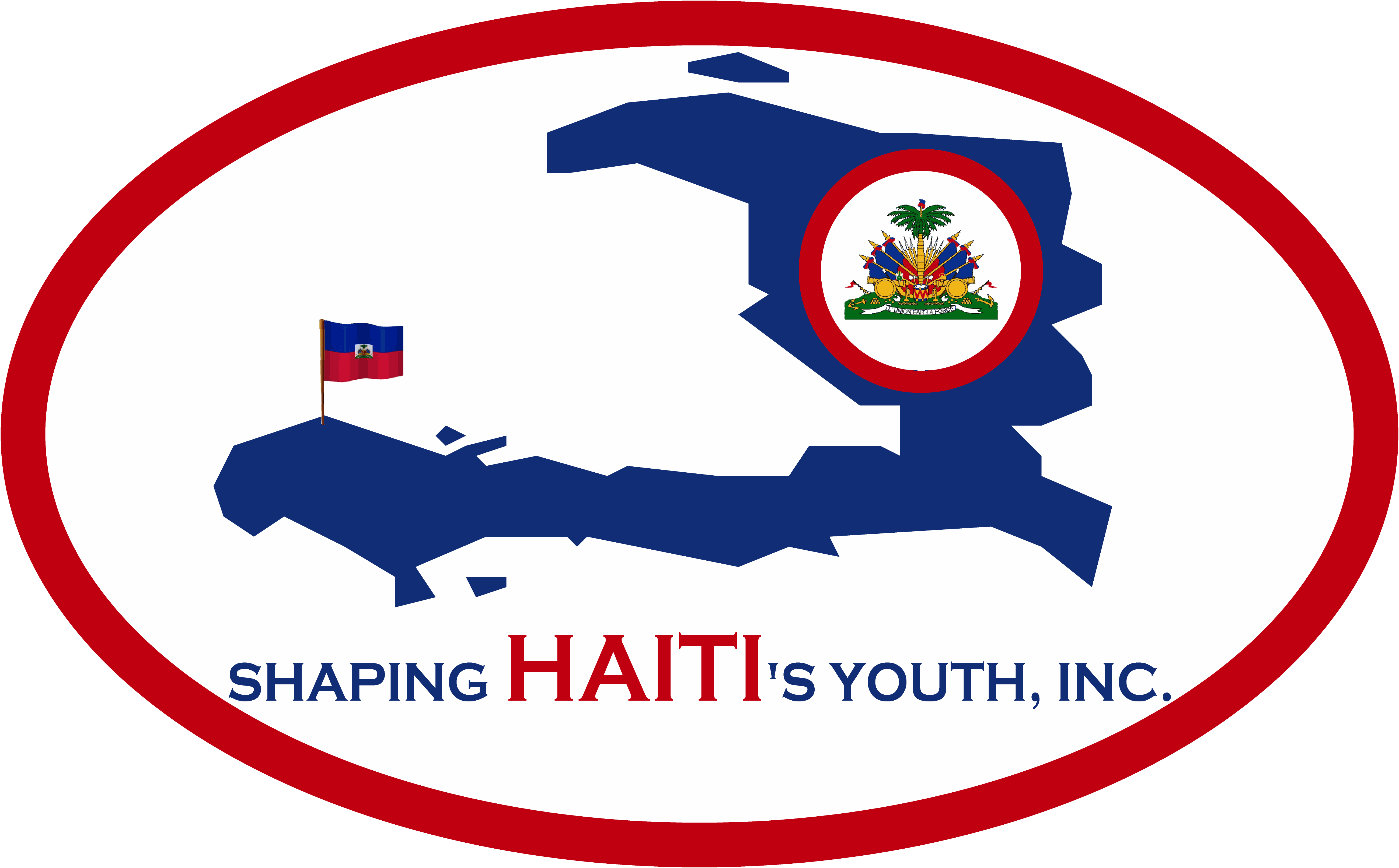Don't be SHY about lending a hand.
Don't be SHY about getting involved.

Jeremie, Haiti
Jeremie (Jeremi in Kréyòl) is the capital city of the department of Grand'Anse, in the south west of Haiti, with a population of about 31,000 (2003 census). However, due to the massive displacement of people in the aftermath of the January 12, 2010 earthquake, some report the population of Jeremie to be as much as 80,000 in 2011. Although it is almost isolated from the rest of the country, Jeremie benefits from having one of the largest rivers in Haiti, the Grande-Anse River, flowing near the city. Jeremie's history counts many highs and low. It is known in Haiti as the "City Of Poets" because of the numerous writers, poets, and historians born there, such as Etzer Vilaire and Emile Roumer. On a sadder note, in 1964, during the Jérémie Vespers, 27 people were massacred in Jeremie by the Haïtian army and the Tonton Macoutes. Also, Jeremie was the birthplace of the late Archbishop of Port-au-Prince, His Excellency, and the Most Reverend Archbishop Joseph Serge Miot, who was killed in the 2010 Haiti earthquake.
The city has an airport, Jeremie Airport. The Jeremie Airport (IATA Code: JEE, ICAO Code: MTJE) is the fifth most important airport in Haiti in passenger traffic and is located about two miles from Downtown Jeremie. Scheduled and non-scheduled companies serve this airport from Port-au-Prince and the airstrip has been characterized as a "dirt strip" as recently as 2011. Jeremie played a vital role in the aftermath of the 2010 Haiti earthquake, as food aide convoys transporting aide were delivered through the Jérémie Airport and into the country. In addition, medical supplies have also been airlifted through the airport, due to the increase in medical need from injured refugees arriving in the wake of the quake.
Jeremie is the state capital residing the furthest from the now dangerous fault lines underneath the Haitian land surface. Should a tragic event like the 1/12/10 earthquake occur again, Jeremie will be presented with the opportunity to provide a home for the displaced, while serving as a safe logistics annex for relief efforts.



